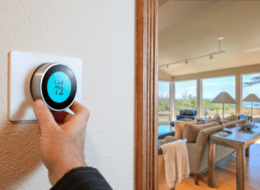The desire to hold virtual funerals and watch them online has become increasingly popular.
With the emergence of the COVID-19 pandemic, this trend has become more common, as loved ones choose to remember their deceased loved ones virtually from the comfort of their home.
Thanks to technology like Zoom and Facebook Live, friends and family can attend funeral services from anywhere in the world, without needing to travel long distances to attend funeral services.
In this article, we will guide you on how to set up and watch a live-stream funeral service.
How Do Live Stream Funeral Services Work?
A live-stream funeral or memorial service allows a camera to be set up at a funeral home or place of worship, and then broadcast the service live online for viewers in other locations.
With a live stream funeral service, viewers can watch on any device with an internet connection, such as a computer, tablet, or smartphone.

Benefits of Live Stream Funeral Services
Live stream funeral services provide an opportunity for friends and family members to participate in the online memorial service, even if they are unable to attend in person.
This can be handy for numerous reasons, including:
- Offers live attendance for those who live far away
- Allows friends and family to attend who are unable to travel due to health
- Not limited by space or maximum capacity of facilities
- Can be recorded and sent to those who are unavailable at the time of the online memorial service
Planning a Live Stream Funeral Service
Step 1. Choose a Host to Manage the Broadcast
To plan a live-stream funeral or memorial service, it’s essential to first determine who will be responsible for setting up the live stream.
You can go the route of hiring a professional — there are live streaming services available for those who are not confident in their own ability to manage a streaming event.
But, that being said, it’s also quite easy to set up a streaming funeral service yourself.
You don’t even need a special camera — a newer smartphone will work just fine. However, you will want to make sure that the person responsible for live streaming is familiar with smartphones and knows how to use the live stream platform of your choice.
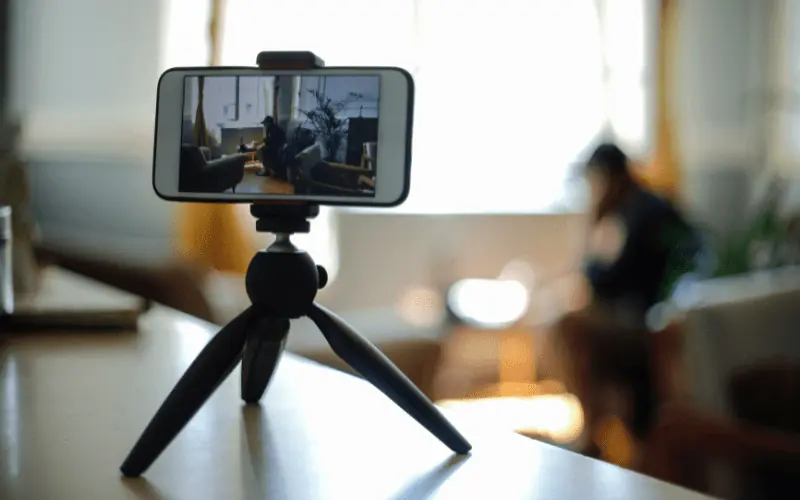
Once you have identified the live streamer, you will need to decide which live streaming platform to use. Zoom, Facebook Live, and Skype are some of the most popular platforms available, each with its own advantages and disadvantages.
We’ll talk about several of the most popular live streaming services below.
Step 2: Choosing a Streaming Service to Host the Event
Organizing a Zoom Funeral

Zoom is a video conferencing platform that has become popular for virtual meetings and events. Organizing a zoom funeral can be quite convenient, especially considering many people are already familiar with the Zoom platform for work and social meetings.
Some advantages of using Zoom for a virtual funeral service include:
- Free for up to 40 minutes. If service will likely go over 40 minutes, you’ll need to pay $10-$20 for a higher tier service.
- Ability to host up to 100 attendees. You’ll be able to host up to 300 with a higher tier option.
- Option to record the funeral service and send it to those who were unable to attend. Even free plans offer the option to record the service and save it to your local drive. Paid plans also have free cloud storage included, where the service can be saved in the cloud for offline viewing — you can even share it with attendees easily.
- Ability to schedule the funeral live stream ahead of time, like a meeting. This way you can send attendees the link ahead of time, so that they can easily receive and keep the email, clicking the streaming link on the day of.
- No need to download an app. Invited guests don’t even need to download the Zoom client or app to access the memorial stream — all they need is a smartphone or a computer and an internet connection. Attendees will be sent a Zoom link by the funeral or service organizer (via email or messenger), and people just have to click the link and give permission to the URL to access the stream. Then they’ll simply click “Join the meeting with audio” and “start video” — easy peasy!
Facebook Live Funeral

Facebook Live is a live video streaming service that allows users to broadcast events in real-time.
Out of all the options, Facebook Live is probably the easiest live-streaming service to use, especially for those who already have a Facebook account.
Keep in mind that all guests must have an active Facebook account in order to attend a Facebook Live stream, and they must all also be Facebook friends with the account holder who will be broadcasting — make sure to arrange the necessary friend connections prior to the event, and give attendees who don’t yet have a Facebook account plenty of time to create one.
If guests need help creating a Facebook account, this video can walk them through the process:
To prepare the stream, the broadcaster will log into Facebook, create an “Event” through their profile, and then set up the process for scheduling a live event. The scheduling for a live steam event will prompt you to invite guests and share the timing details and necessary stream link.
Guests will then receive the event invitation in their notifications panel. They can then access the Facebook live event at the scheduled time, when the live video feed begins.
Some advantages of using Facebook Live for online funeral and memorial services include:
- Ease of access for guests. Since most people already have a Facebook account, even those who aren’t especially tech-savvy usually find it easy to find and join a Facebook Live event.
- Convenient to set up. Facebook live streams are designed to be very easy to start and run, and don’t require any kind of additional software.
- Easy to reach a wider audience. Depending on the privacy settings you choose for the event, you can potentially invite more people. The host can choose between “Private” (which is a private event only visible to those who are invited) or you can choose to allow guests to invite friends. This can be beneficial if you don’t have a full invite list, as you can rely on guests to invite other people who may want to attend the online memorial service.
The downsides to using Facebook Live for a virtual funeral service include:
- No native ability to record. There’s no built-in option to record a Facebook Live event, but you can record it through your smartphone’s own screen recording tools.
Skype Funeral Live Streaming
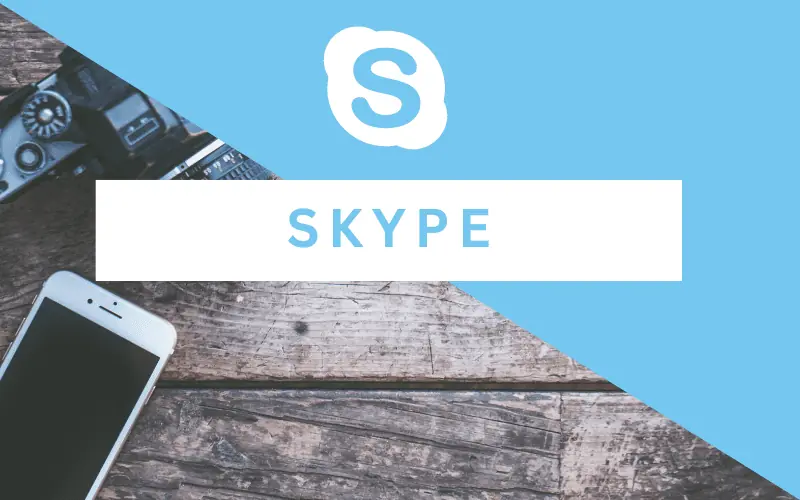
Skype is another video conferencing platform traditionally used for meetings and video calls, but it can be used for a virtual funeral and memorial services as well.
- Ability to host large groups of attendees. You can host up to 99 people (plus you) for free with Skype.
- No app needed. You actually don’t need to download the Skype app to use it — you can just use the Skype web client via an internet browser instead.
- Option to record. With Skype, you can record the funeral service and share it with attendees who were unable to attend the live event. Recordings are stored on the Skype platform for up to 30 days (and you can always download the recording to your computer to keep forever).
Disadvantages to using Skype for a virtual funeral service include:
- Pay for more than 99 participants. If you have over 99 guests, you’ll need to pay some additional fees, but they are fairly minimal
YouTube Live Streaming Funeral Services

YouTube live streaming is another great way to live stream a funeral service with attendees who are spread out over a larger geographical area.
Advantages of live streaming a funeral on YouTube include:
- Recordings can be stored and shared after the event. After the live stream ends, you have the option to download the recording in your YouTube account for future use.
- Option for encoder streaming. Encoder streaming is a more advanced setup, but it allows you to do a lot more with your stream. You can connect to external audio and video camera hardware, and even manage multiple video cameras and microphones. This can provide superior audio and visual quality, but requires a more experienced technician to arrange it and manage the more advanced recording devices.
- Ability to live stream for free. Live streaming on YouTube is completely free, no matter how many attendees you have.
The downside to live streaming on YouTube is that:
- Requires the host to have a verified account. This requires some additional work and is likely only ideal for those who already have a YouTube account.
- Not as intuitive. While attending a YouTube Live stream is simple and seamless, the live streaming setup can be a lot more effort for the host, so it’s usually not the best option for those who aren’t already acquainted with YouTube Live.
Step 3: Choosing a Location
Next, choose a location for the live stream, such as the funeral home or place of worship.
Make sure to get permission from the funeral home, church, or service facilitator to confirm that live streaming will be permitted. You’ll want to make sure that the location offers Wi-Fi, as you’ll need an internet connection to set up the live stream.
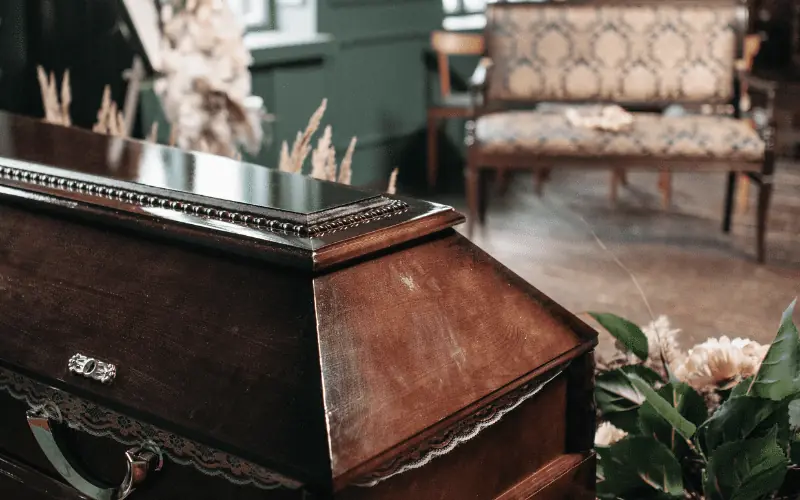
Step 4: Run a Test Stream Before the Funeral
Before the day of the service, you’ll want to run a test stream!
Find a Good Position for Your Camera
Be sure to visit the location of the service and find a spot to set up your camera. Choose a position and angle that will give online attendees the best view of the service.
Think about where people will be sitting and if heads will be blocking your view — if that’s the case, choose a different vantage point where your camera will have a clear view.
Make sure to also consider where speakers will be standing and other aspects of the service that viewers will want to be able to see.
Test Out the Internet Connection
Once you’ve found a good angle, connect to the local Wi-Fi and run a short live stream session. Test out the Wi-Fi and make sure you can get a strong internet connection that works well.
If the location doesn’t offer Wi-Fi, you may be able to use your phone’s data plan, so long as you have enough data to stream.
Consider upgrading your plan for unlimited data, at least for the month of the streaming service.
Step 5: Notify Friends and Family
Lastly, you’ll need to notify all friends and family members who may be interested that there will be a live stream attendance option.
Ideally, you’ll want to notify people as soon as possible, as the option of a live stream may influence their travel plans.
Consider creating a guest list of folks interested and collect their email address so that you can send them the live stream link easily on the day of the service.
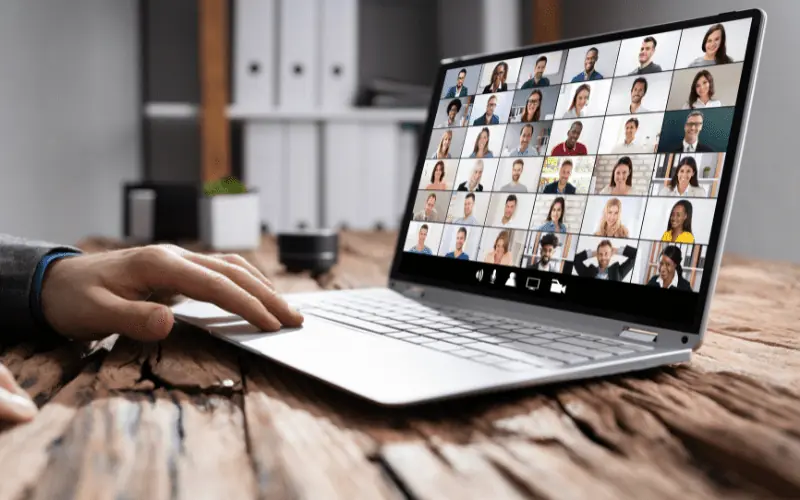
Step 6: Arrive Early Before the Ceremony to Setup
On the day of the funeral or memorial service, make sure to arrive to the location early to give yourself plenty of time to set-up.
Run another test stream to ensure that everything is working properly.
If you need certain seating sections cleared for better visibility, make sure to rope or section off those areas.
5. Equipment Needed to Set Up a Live Stream Funeral Service
To set up a live-stream funeral service, you will need the right equipment. Luckily, you can do a basic live streaming service without spending a ton of money on fancy tech.
All you really need is:
- A smartphone with a good-quality built-in camera. Many newer smartphones have fantastic cameras, so you don’t necessarily need a DSLR camera to get a nice quality video feed. The embedded microphone in a smartphone isn’t quite as ideal as an external microphone, but it can serve decently well in a pinch.
- A tripod to keep the camera steady (this can be a full-sized tripod or a smaller handheld phone tripod, anchored to a well-positioned structure).
- Reliable internet connection
- Access to Facebook Live, Zoom, or Google Meet.
Optional Add-Ons:
- External microphone for higher quality audio (optional but recommended)
- Lighting equipment
8. Viewing a Live Stream Funeral Service as an Online Attendee
To view a live stream funeral service, follow these steps:
- Find the link to the live stream funeral service.
- Click on the link to open the stream in your web browser.
- If prompted, enter any necessary information to access the stream.
- Ensure that your internet connection is strong and reliable for uninterrupted viewing.

Other Tips for Managing a Live Streamed Funeral
- Do a Test Run in Advance. You’ll absolutely want to do a live stream test run a few days before as well as a couple of hours before the service, if possible. This will be for you to get accustomed to the streaming service to better understand how it works, as well as test out the internet connection and set-up for the camera in the event space.
- Tell Attendees to Click “Speaker View”. With “Speaker View”, attendees will only see the primary organizer’s screen — that way you won’t have to see every attendee’s face on the screen, which can be distracting. The exact setting for this adjustment can vary depending on the streaming service, so make sure you test out the stream and can direct attendees on how to change their view.
- Post Service Chat. You may want to consider leaving the Zoom link open after the service so that friends and family can unmute themselves and talk, sharing their own memories of their loved one.
- Manage Expectations & Manage Access. Give attendees a general idea of what to expect from the live streamed funeral (ex. tell them they’ll get a message on Facebook or an email a day or two before the event).
- Have Attendees Join 15 Minutes Early. The host should start the live stream 15 minutes or so prior to the event and have people join it then. That way, you can troubleshoot any technical issues before the service begins. This also give attendees the chance to say a quick “hello” before the service starts.
- Show Attendees How to Mute. Explain the mute function to your live stream attendees and show them how to click it so that they can mute their microphone during the service. Some streaming platforms have guests muted automatically when they join — if this is the case, it’s best to encourage folks not to unmute themselves until after the service.
Live streaming a funeral doesn’t have to be complicated — many live streaming services and apps make it easy to broadcast a virtual service easily.
By following these tips and steps, you’ll have a successful live stream funeral service that will honor the departed in a unique and meaningful way, allowing folks to attend to attend a love one’s funeral who might not otherwise have been able to.
FAQs for Live Streaming Funeral Services
Can I participate in a live streamed funeral service from my smartphone?
Yes, as long as you have a reliable internet connection and the necessary URL, invitation and permission to access the live stream.
Do I need to have special equipment to view a live stream funeral service?
No, as long as you have a device with an internet connection, such as a computer, tablet, or smartphone, you should be able to access the stream.
Can I watch a video recording of a live stream funeral service after it has ended?
This depends on the live stream service used. Some services provide a recording of the stream for later viewing, while others do not. Make sure to consult with the host who is broadcasting the funeral stream and ask if there will be a recording available.
What should I wear when participating in a live stream funeral service?
It is recommended to dress appropriately as if you were attending the funeral service in person. You may have the opportunity to chat and share stories with other guests after the service, so don’t attend in your pajamas! That being said, a suit probably isn’t necessary — a nice dress shirt will likely do.
What if I experience technical difficulties during the live stream funeral service?
It’s smart to have a backup plan in place in case of technical difficulties during the funeral stream, such as having a friend or family member watching the service on their own phone nearby, or ensuring that someone else records the service for later viewing.


